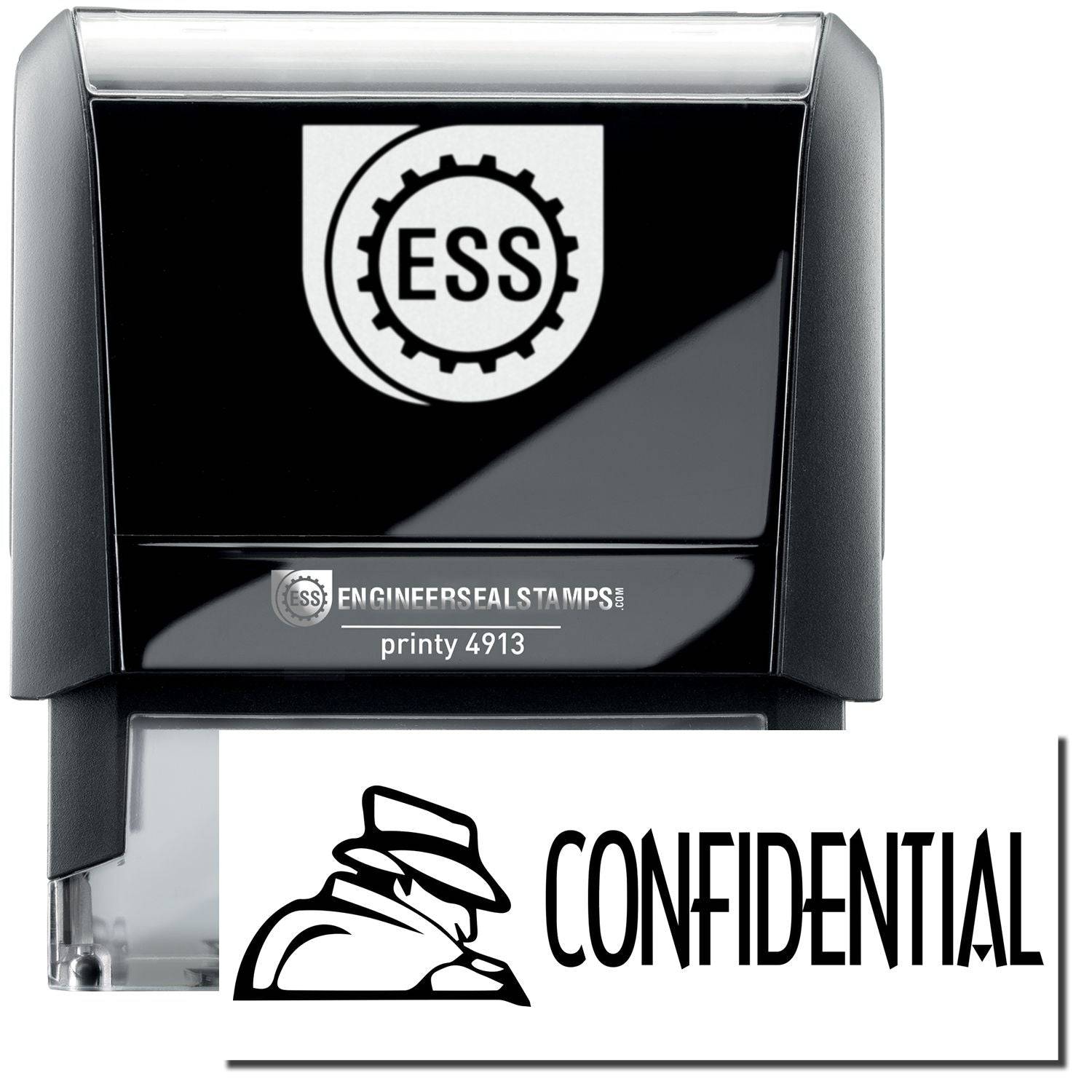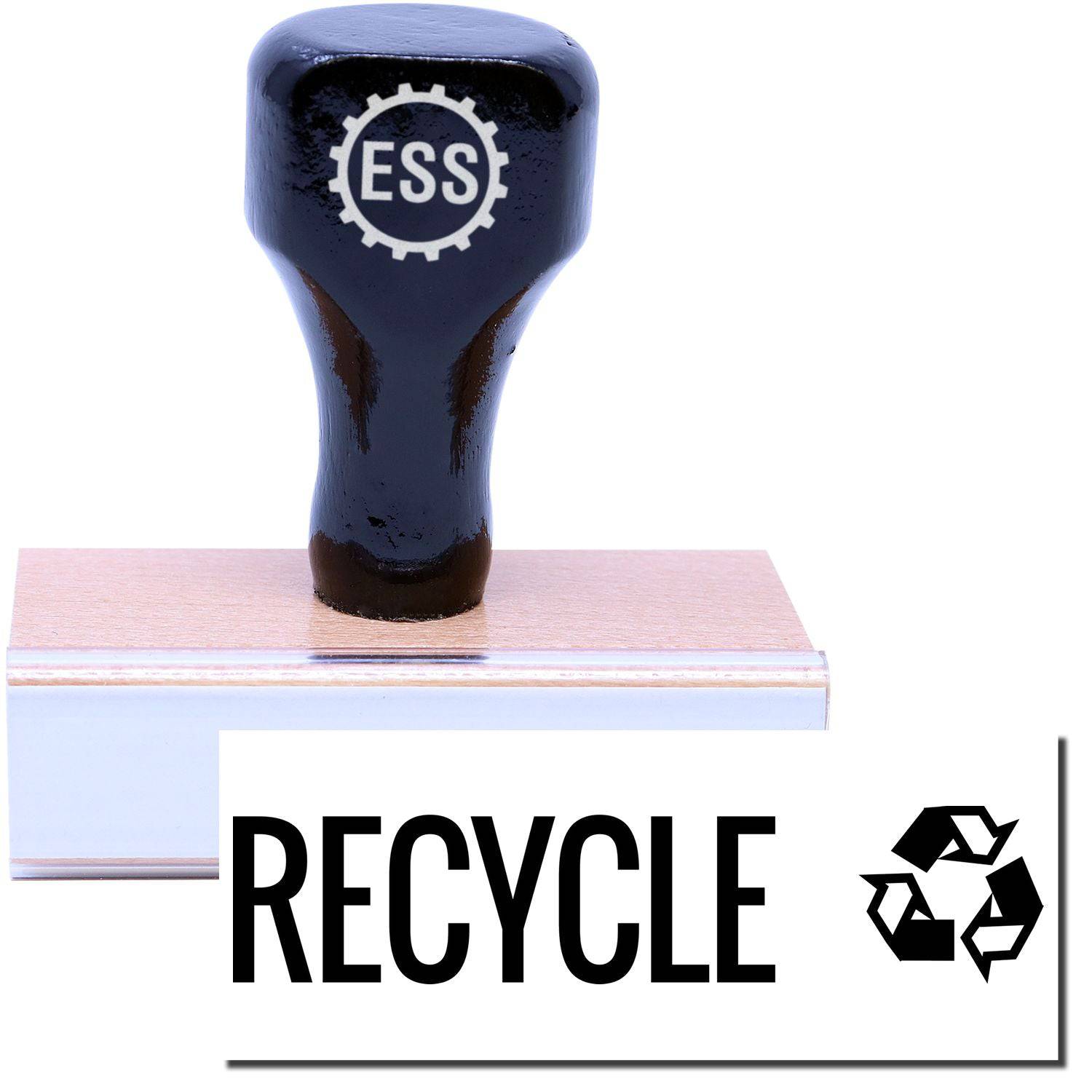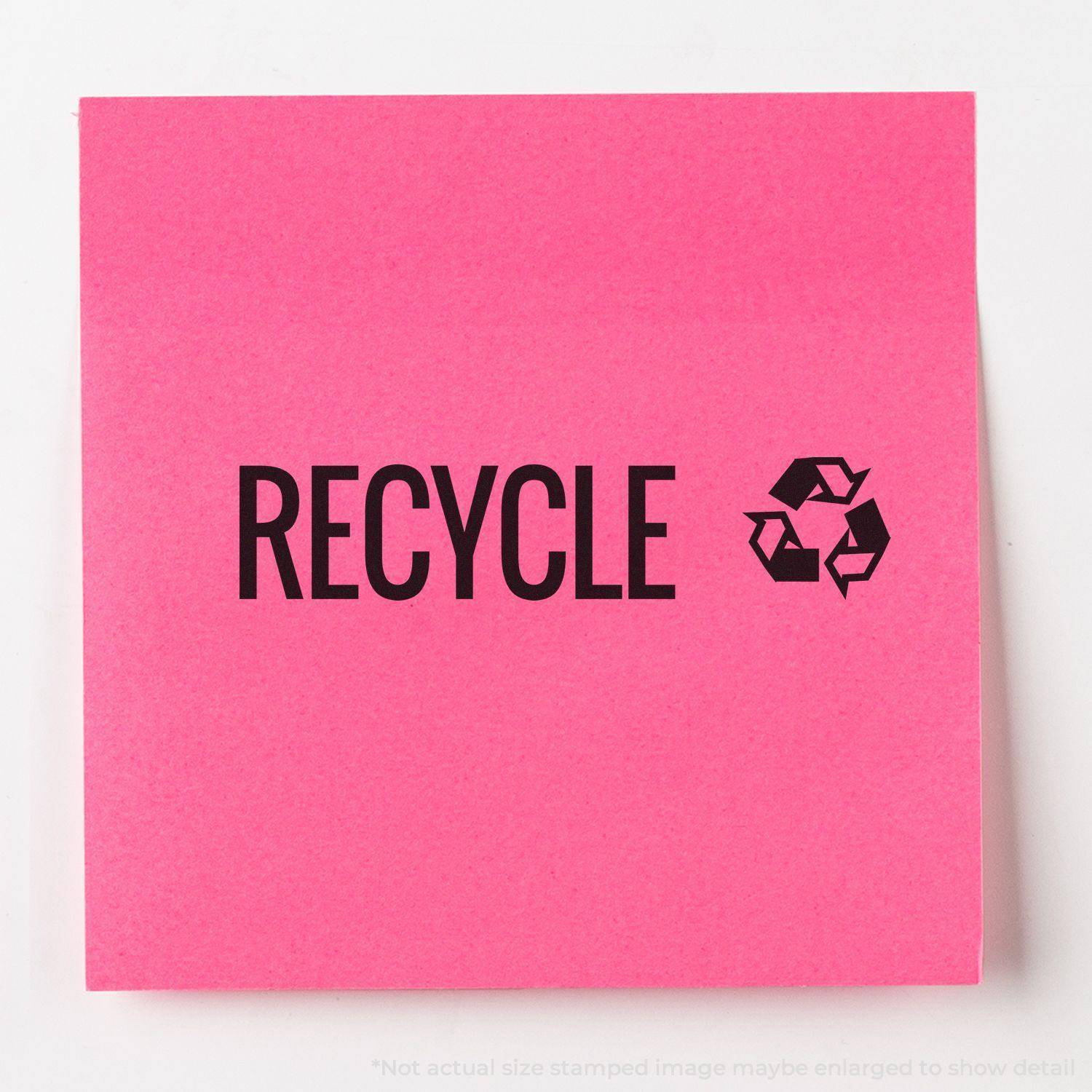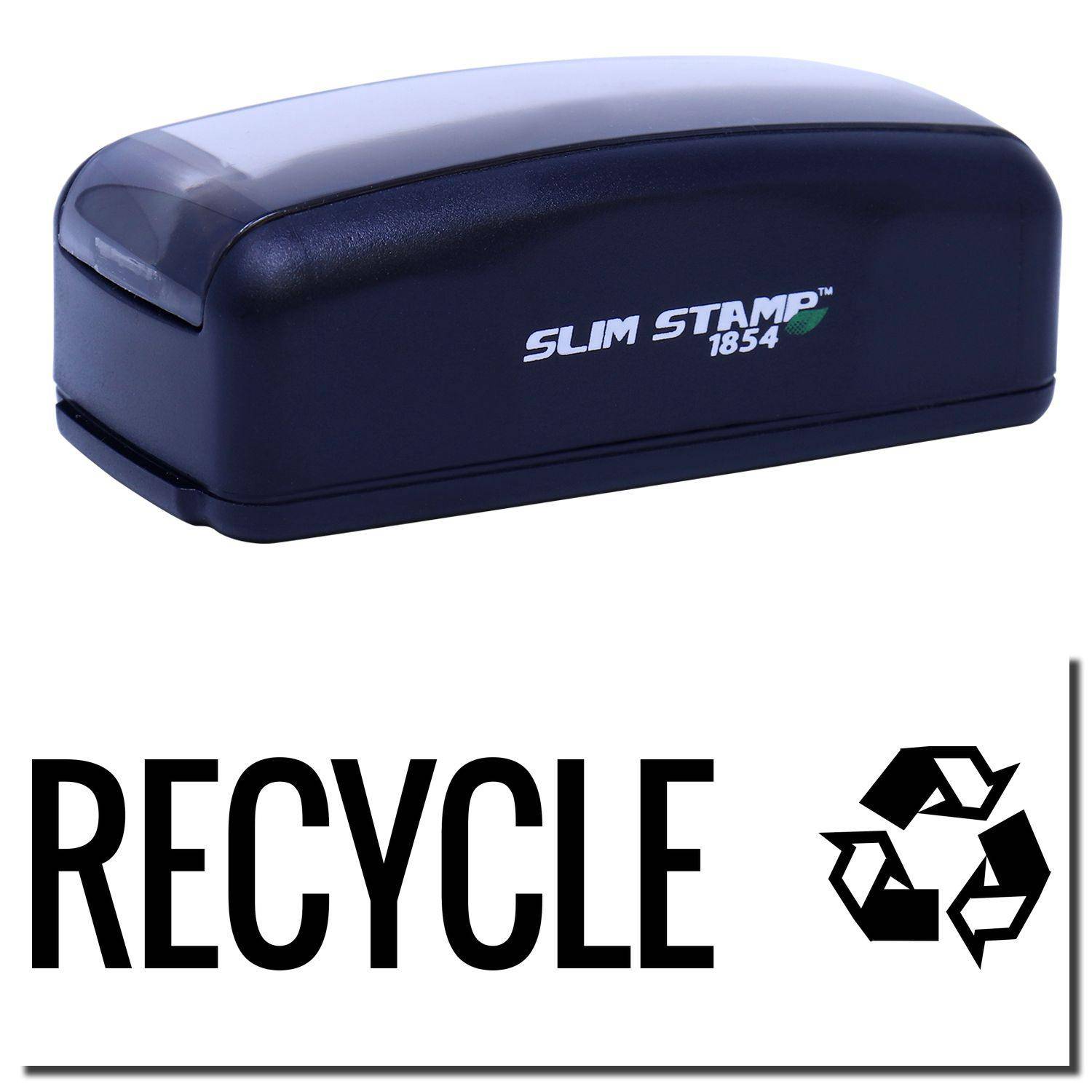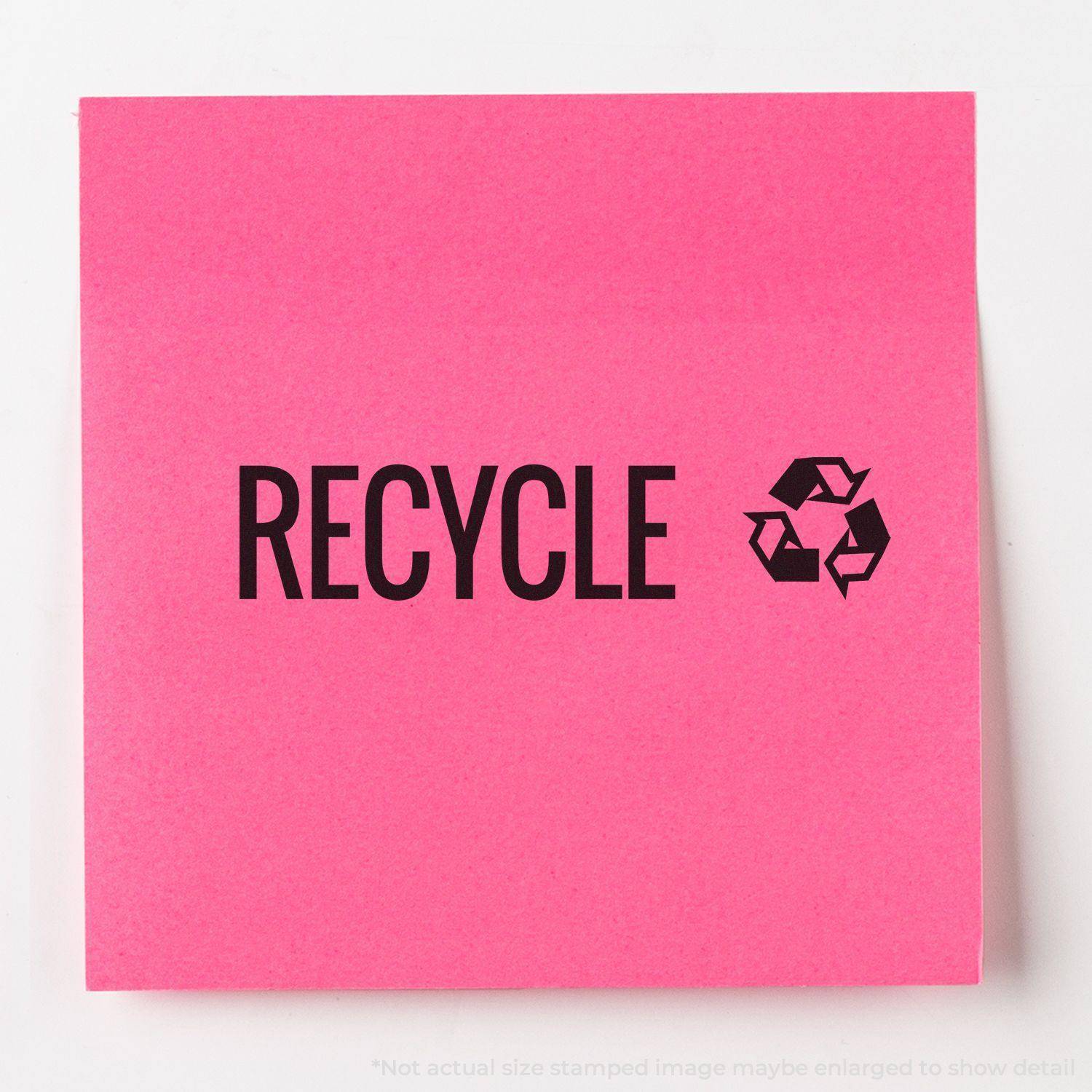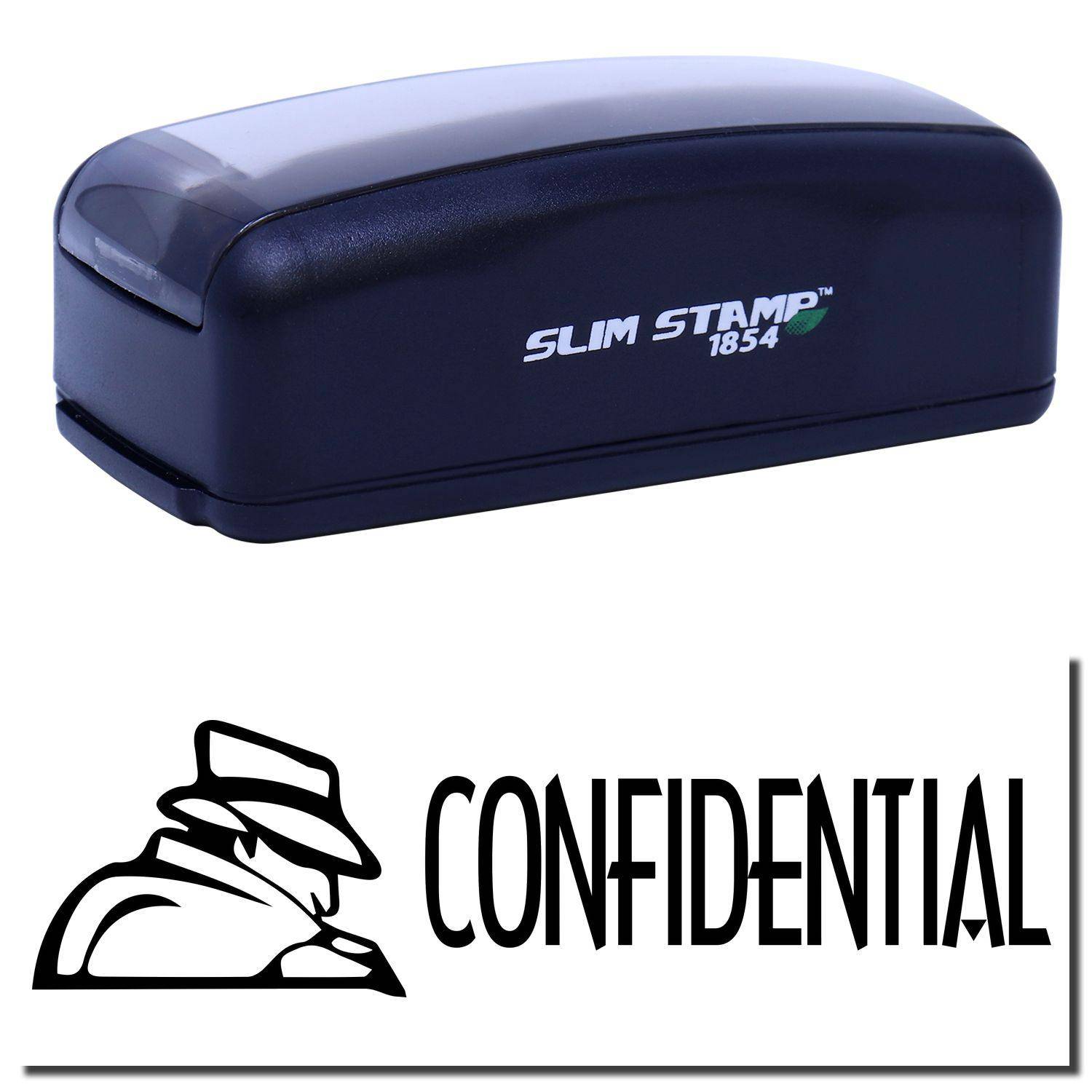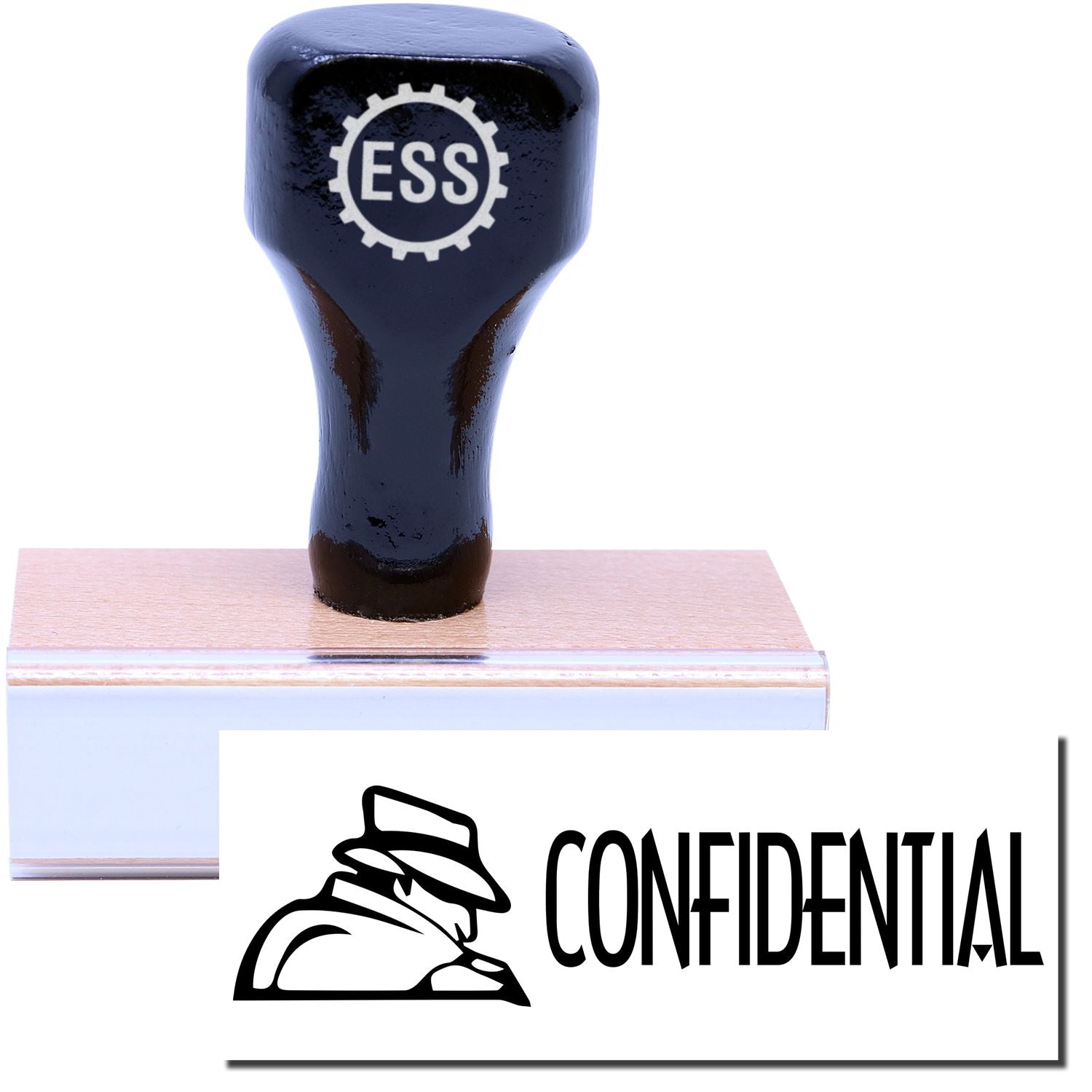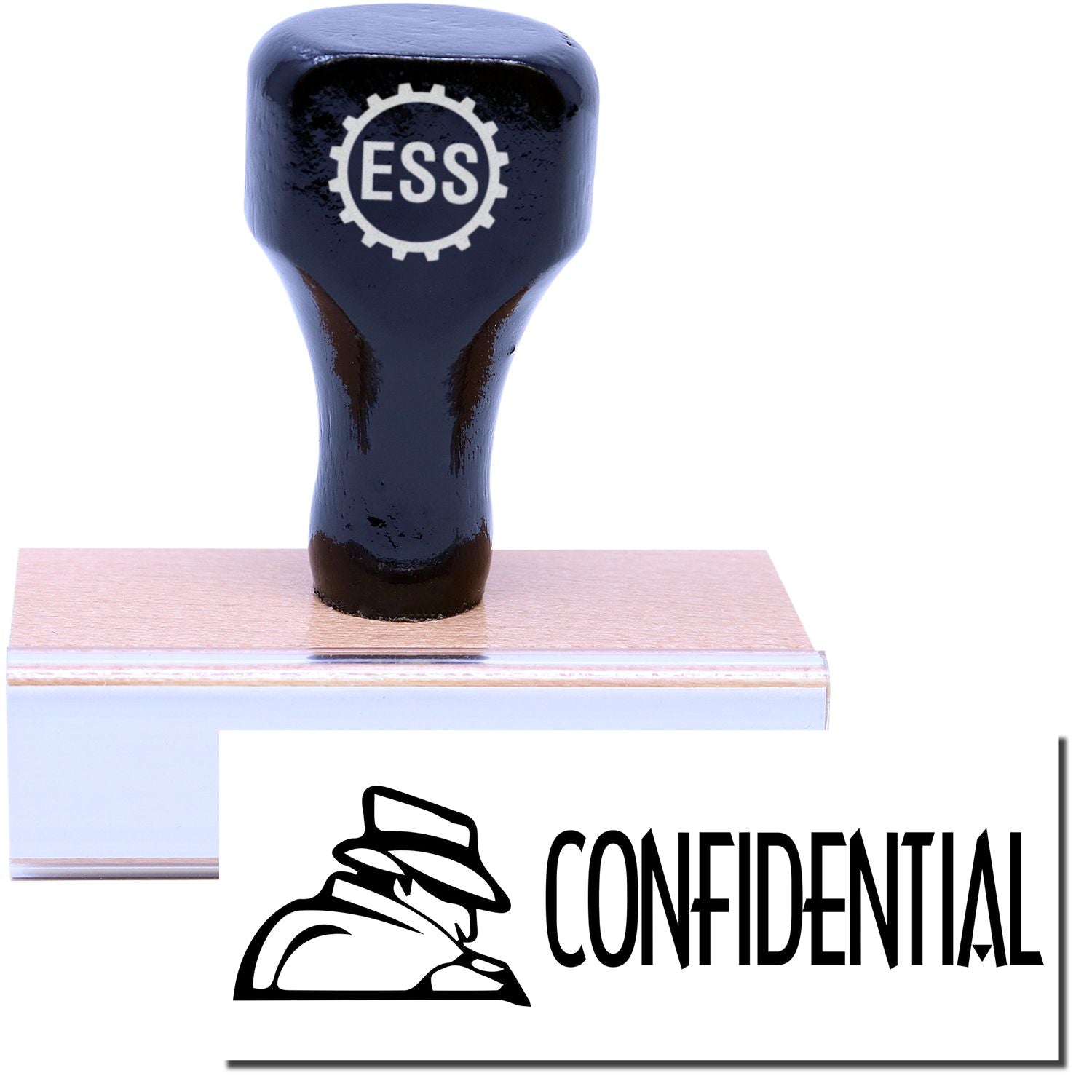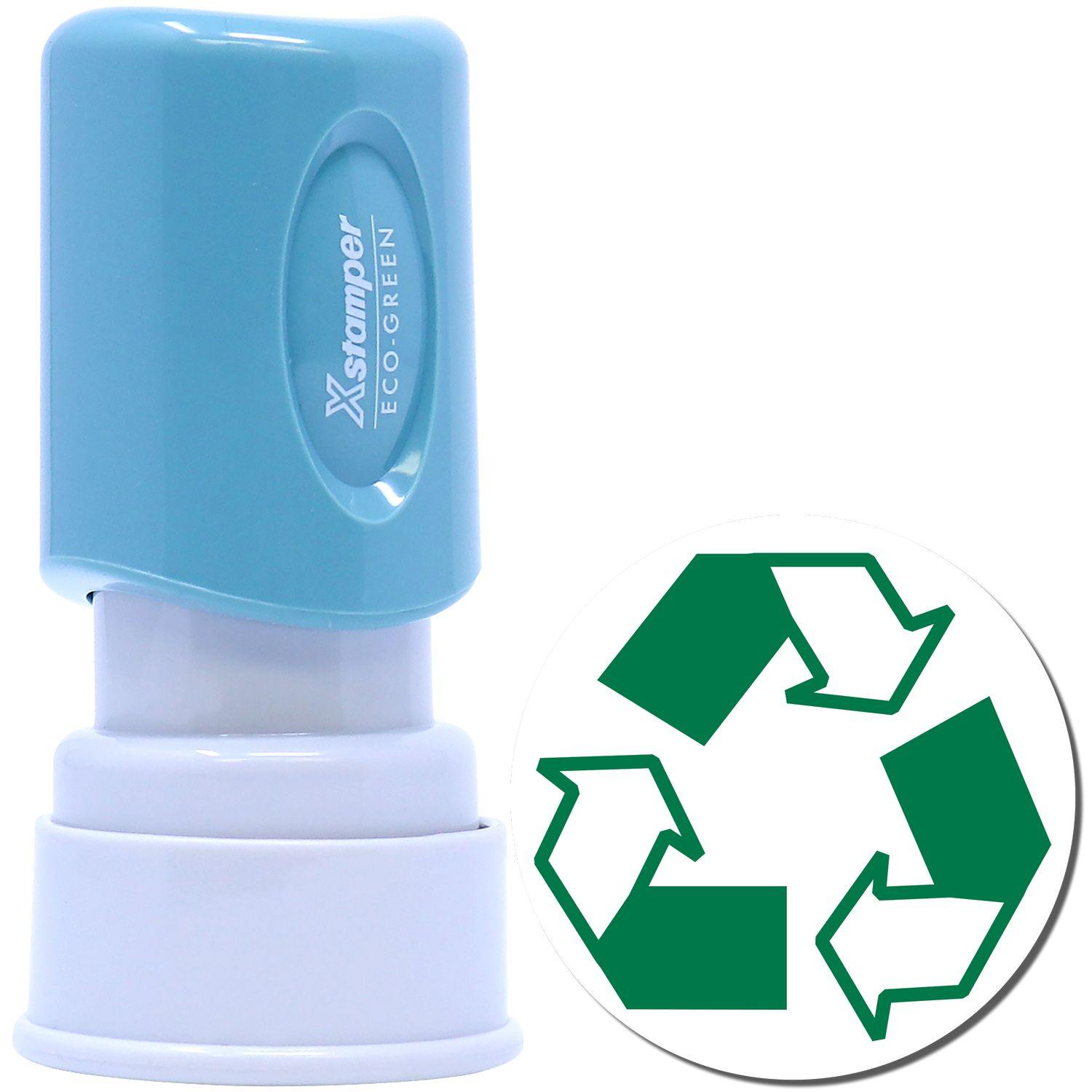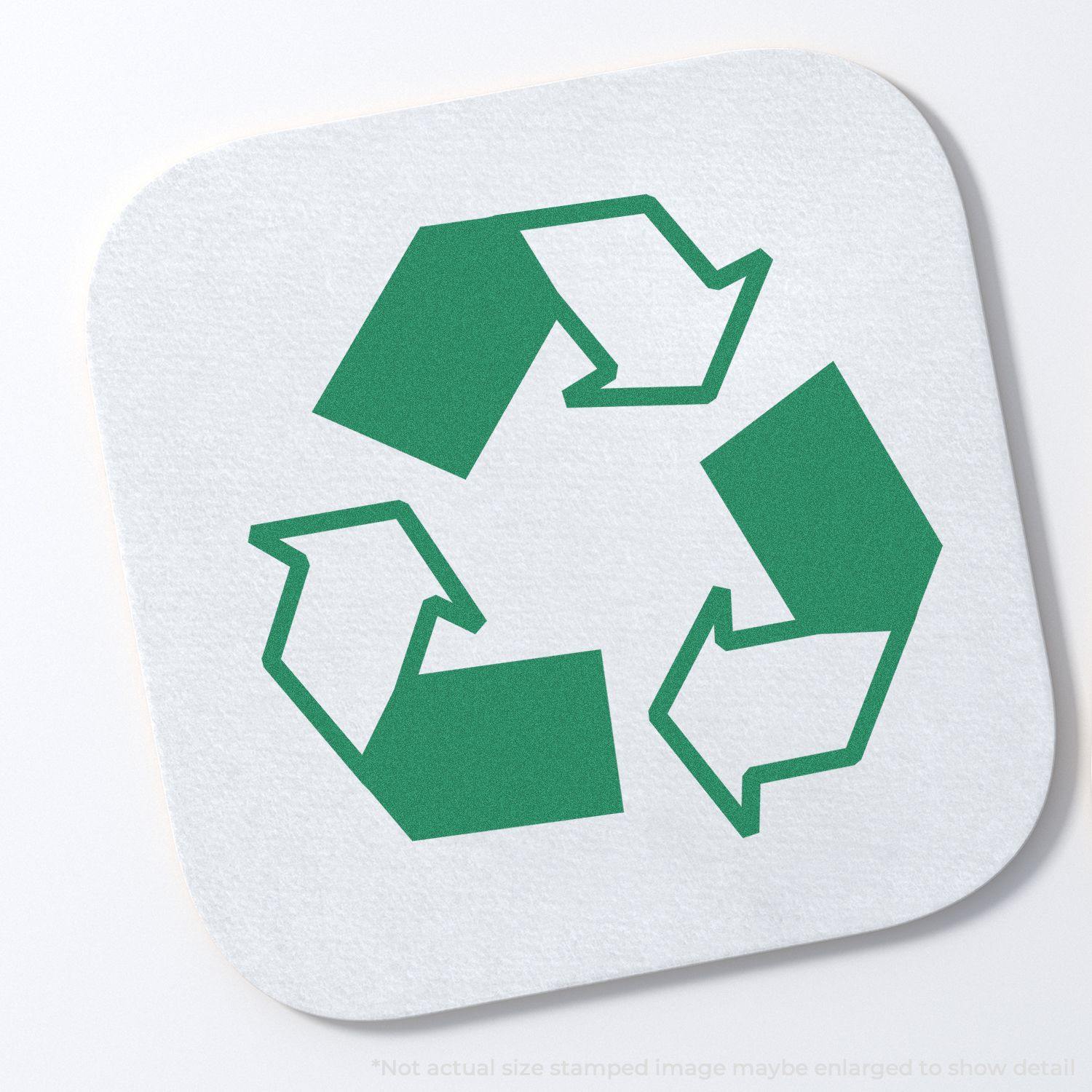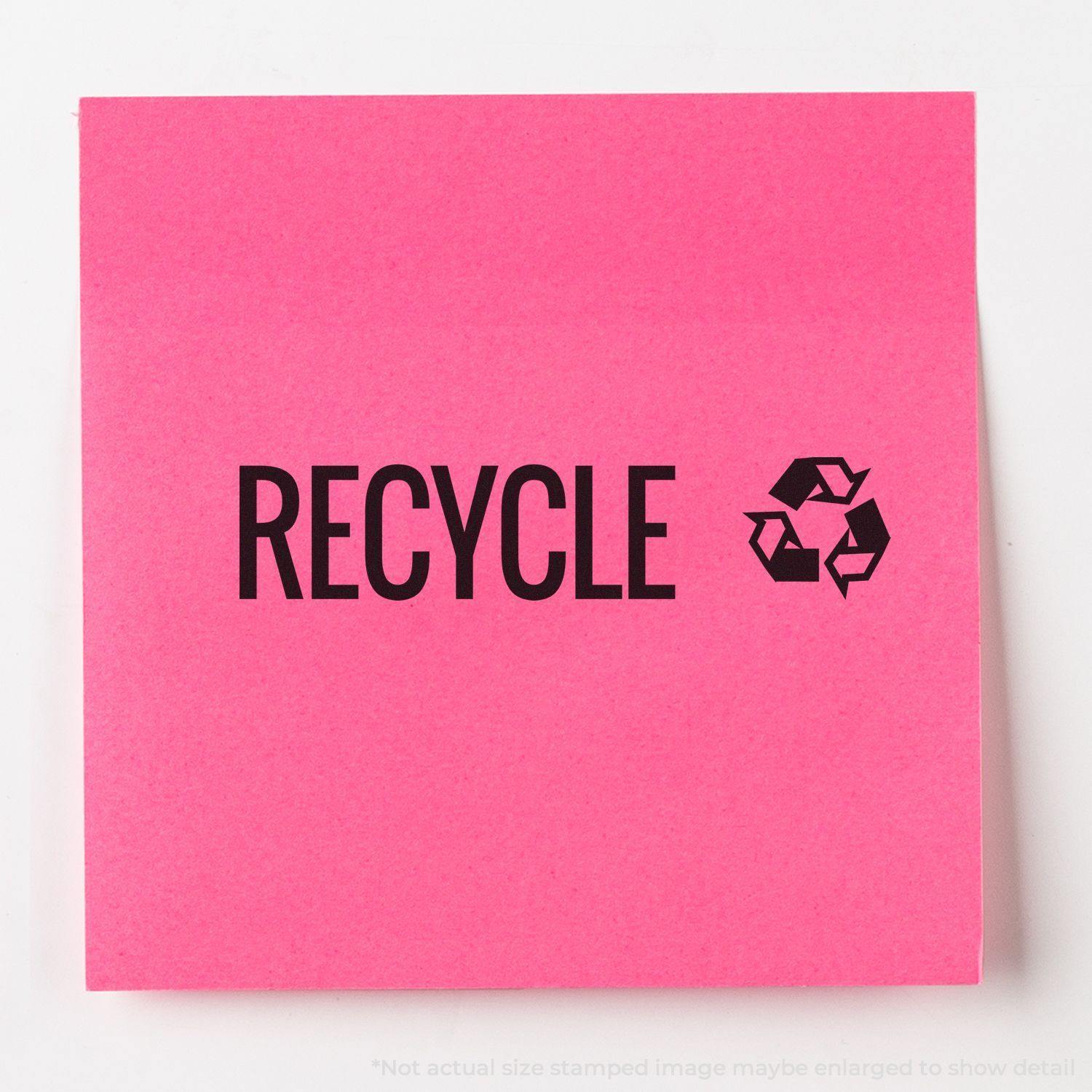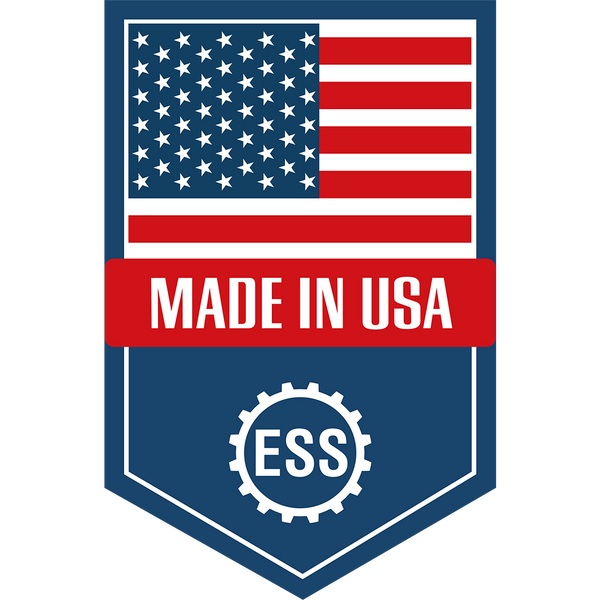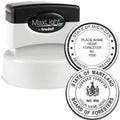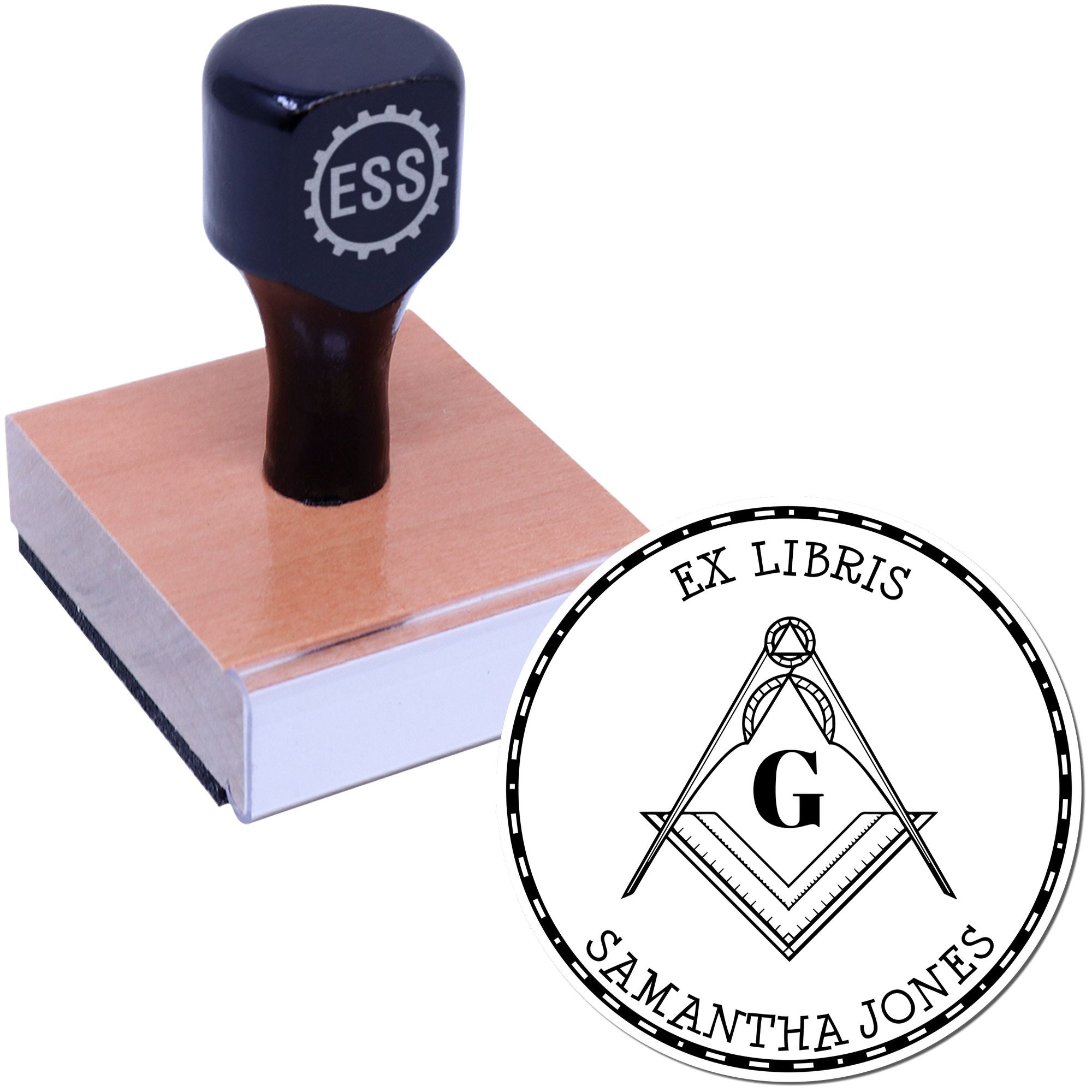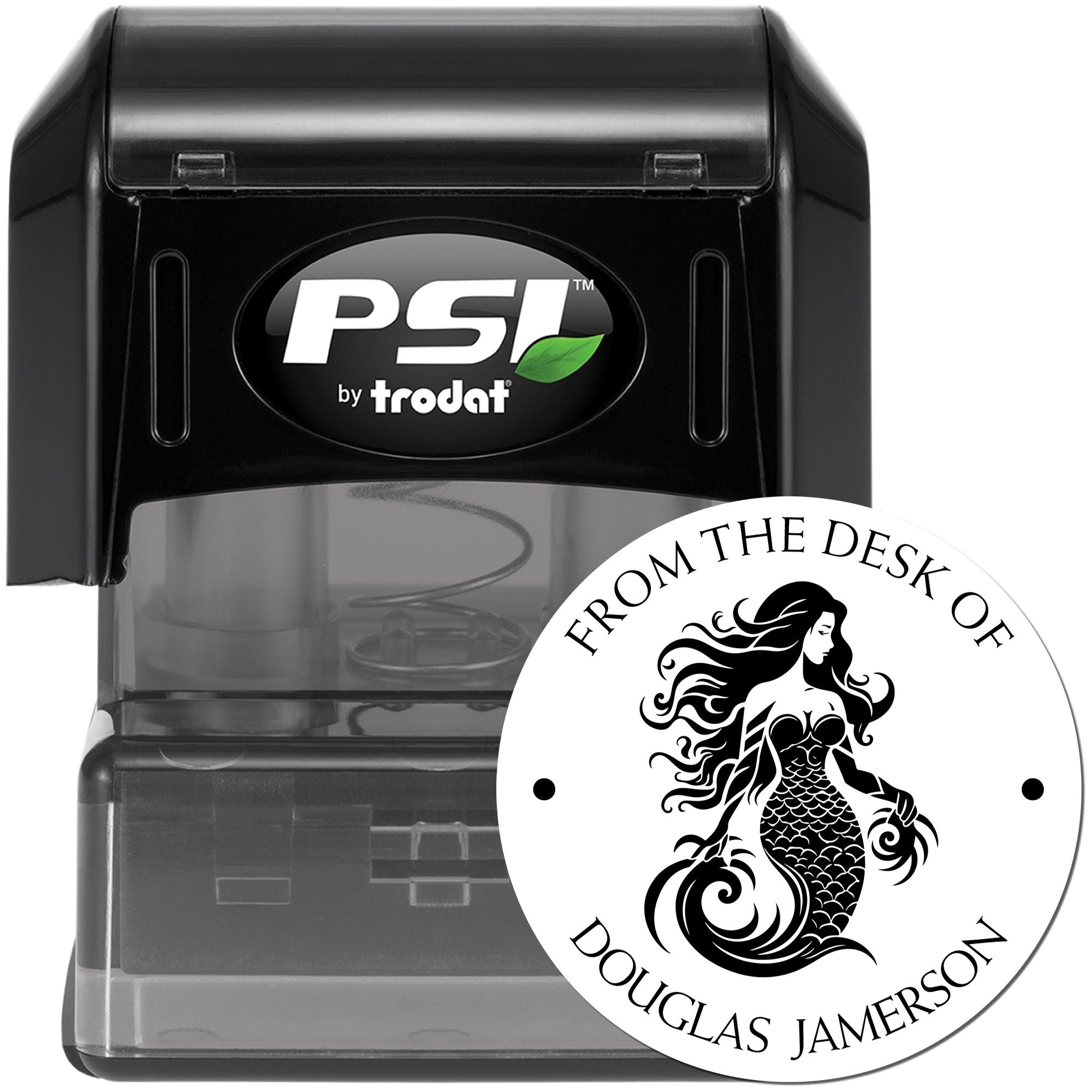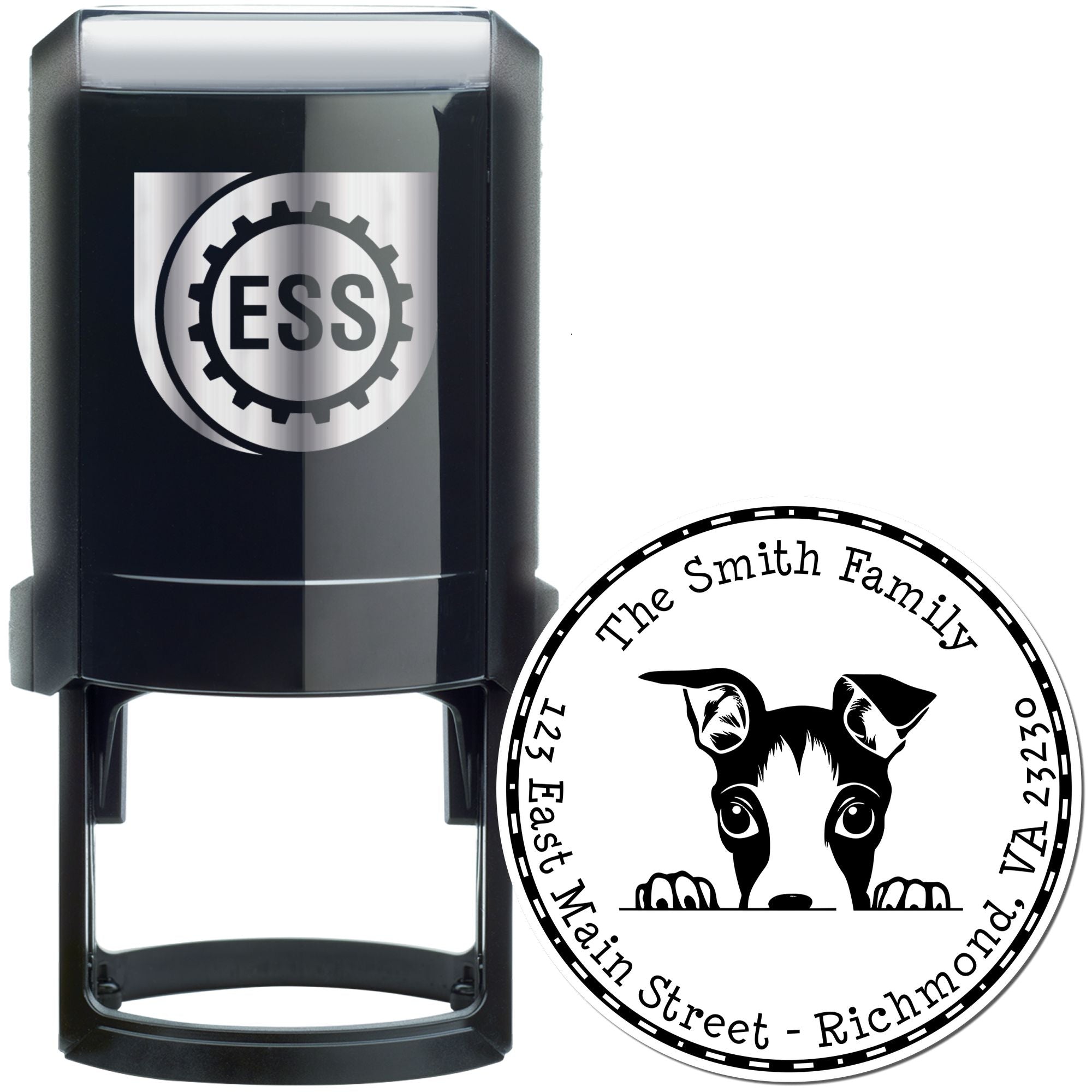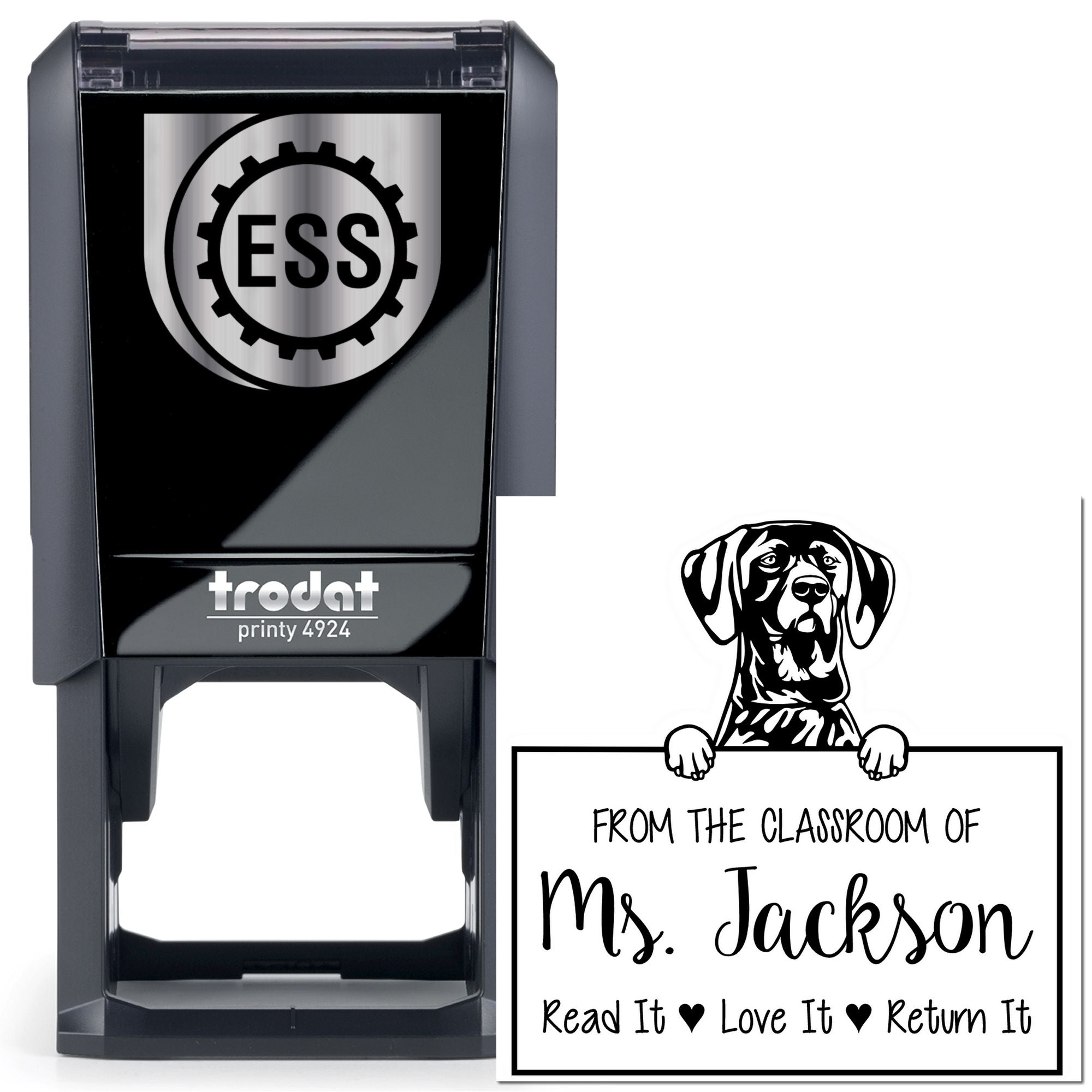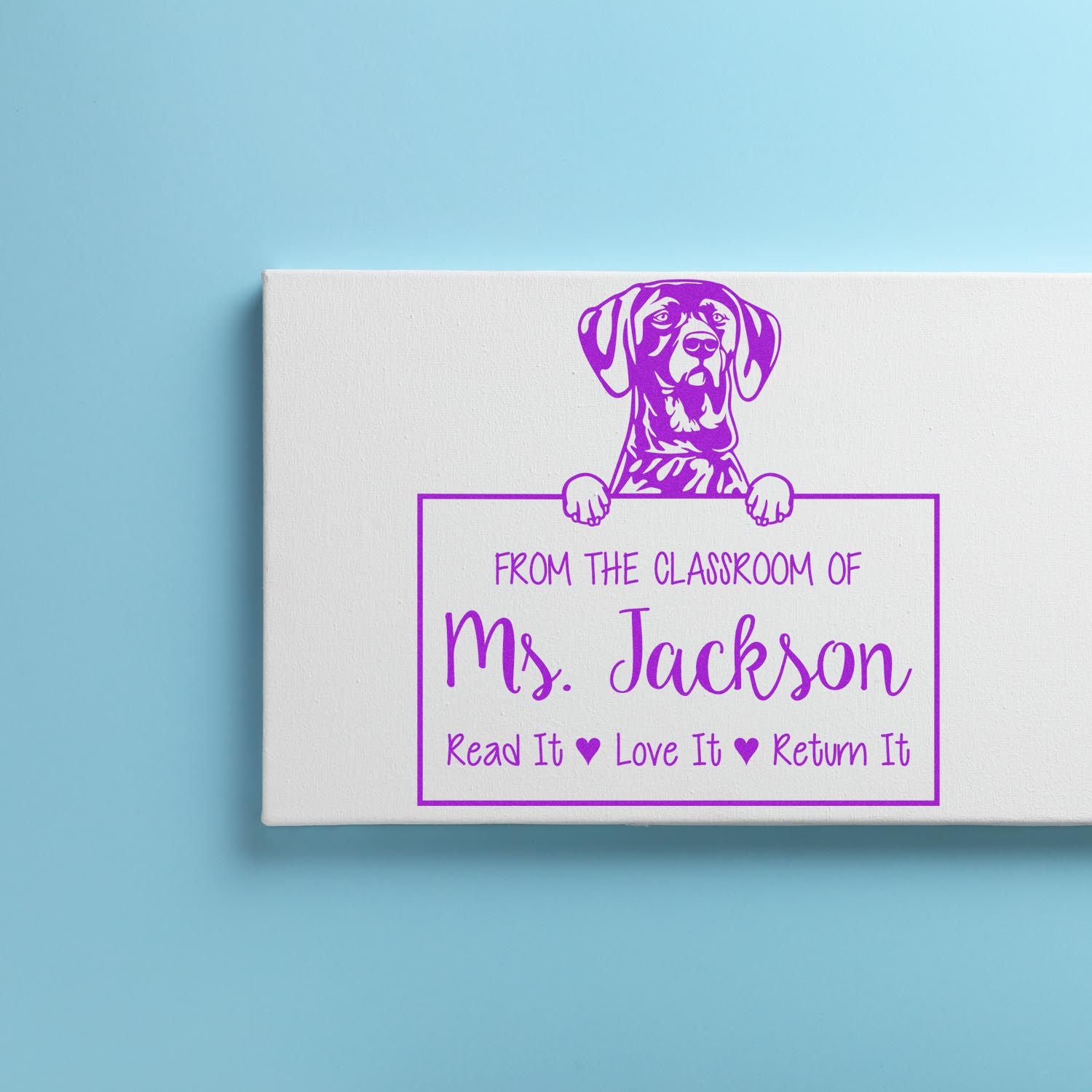If you’ve ever tried stamping a slick surface, you know it can get messy fast. That’s why finding the right stamp pad for plastic is essential for crisp, smudge-free results. Below are five options worth checking out, each offering a slightly different spin on ink formulation, drying time, and color selection.
Option 1: Quick-drying solvent-based pads
These pads are often the go-to choice for plastic surfaces. They rely on fast-evaporating ink that bonds well to shiny materials, reducing the chance of smearing.
- Pros: Rapid dry time, less risk of smudging.
- Cons: The ink can have a strong scent, so good ventilation is key.
A quick tip: Give the stamped surface at least a minute to fully dry, even if it looks ready right away.
Option 2: Hybrid or multi-surface pads
Hybrid pads blend pigment (thicker, longer to dry) with dye (faster to dry) to create a formula that clings well to plastic. If you want a versatile pad that’s also compatible with paper or cardstock, a hybrid version can be a real space-saver in your craft drawer.
- Pros: Works on multiple materials, so you won’t need separate pads for each project.
- Cons: Dry times may vary depending on the exact blend.
Option 3: Pigment-based ink pads
Pigment inks are famous for their rich, vibrant colors. While these pads can take a bit longer to dry on plastic, they’re perfect if you want a bold, opaque design—say for labeling containers or adding decorative elements.
- Pros: Strong coverage, especially for dark or non-white surfaces.
- Cons: You’ll likely need to let the ink set for a few minutes to avoid accidental smears.
A helpful trick is to test the pad on a small plastic scrap first, just so you know how long the drying phase really takes.
Option 4: Archival or permanent sets
Archival stamp pads are designed to remain fade-resistant and water-resistant over the long haul. If you’re stamping shipping labels, product packaging, or anything that will face harsh conditions, a permanent ink set is probably your best bet.
- Pros: Durable, fade-resistant impressions that stay sharp over time.
- Cons: Some brands may require a dedicated cleaner to remove ink from your stamps.
Option 5: Metallic or specialty finishes
Sometimes you need a little sparkle. Whether it’s a gold flourish on a gift bag or a silver stamp for a party favor, metallic ink pads can give plastic items a fancy accent. You can also find chalky or pearlescent finishes if you want something other than typical matte or glossy looks.
- Pros: Unique finishes that help your designs stand out.
- Cons: These specialty pads often cost more and have more limited color ranges.
Make the best pick
Choosing the perfect stamp pad for plastic really comes down to how quickly you want the ink to dry, how intense you need the color, and how durable you want the impression. If quick stamping and minimal mess matter most, a solvent-based or hybrid pad may be right up your alley. On the other hand, if you love bold color and can spare a bit of extra drying time, pigment-based and specialty pads are great ways to add some flair.
Give one of these five options a shot, and see how it transforms your next stamping project. Once you get a feel for how the ink interacts with plastic, you’ll be able to pick the pad that matches both your style and practical needs. Have fun exploring the possibilities—you might be surprised by how striking stamped plastic can look when you use the correct ink.


